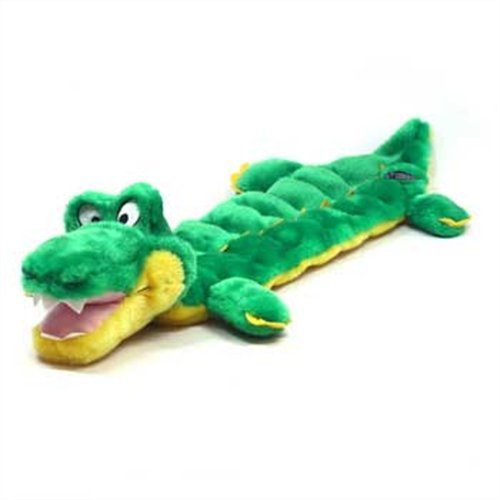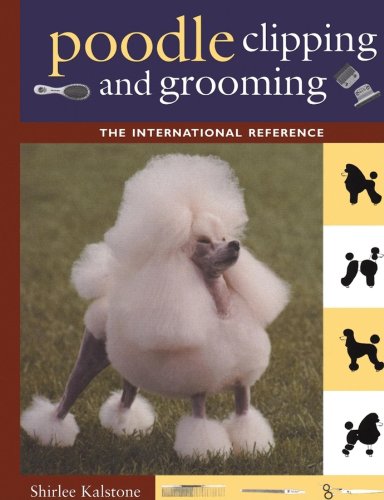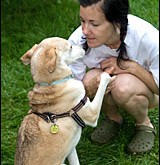
Many people understand that a wagging tail means a happy dog. But is it really that simple? What else does a dog’s tail tell us? The dog uses its tail as an important means of communication and is evaluated along with other body language signals to determine what the animal is ‘saying’. So what about dogs that have no tails (docked)? And what are the consequences of a broken tail?
Most dog owners can tell you what their dog’s tail is telling you at any given moment. It takes time and observation to understand the body language of your pet. Understanding what your pet is telling you is important for building a close relationship between you and your pet and for evaluating whether a strange dog is friendly or potentially dangerous. For the new dog owner, there are a few points to help you get started.
A dog’s tail is just one tool that the dog uses for communication. The dog also uses vocalization, scents, and other aspects of body language such as eye and ear movements, pupil dilation, and general body positions. Therefore, the dog has to be evaluated as a whole to determine what he/she is saying.
A confident and alert dog has his/her tail upright and may be wagging with slow sweeps. A dog’s wagging tail may be compared to a human’s smile. However, it is more accurately an indicator of a dog’s alertness. Depending on the breed, their tail may naturally curl over their back when held upright. The confident tail is accompanied by perky or relaxed ears and an inquisitive gaze.
A fast, enthusiastic wag indicates excitement or anticipation of something good, such as a treat or play time. A slow wag indicates that the dog is pleased. How fast a dog wags its tail depends on breed and personality, much like how different people express happiness in slightly different ways. One person may have a very small smile, while another person may have a wide smile with teeth showing.
In general, a relaxed tail indicates a relaxed dog. A tail that is held horizontal but not stiff indicates a dog that is interested in its surroundings. A tail that is horizontal but stiff means the dog is confronting an intruder or new object.
A fearful, insecure, or submissive dog has his/her tail lowered or tucked in between their hind legs. Their ears may be flattened against their head and their head may be lowered or turned to the side, revealing the whites of their eyes.
In an aggressive dog, the tail will usually be erect and motionless. The head will be very high, with ears pressed against the head. The dog’s stare is intense, direct and focused. Teeth may be bared if the dog is growling.
In addition to expressing emotion, tail wagging also helps dogs communicate their rank in a hierarchy. As highly social animals, dogs have a need for hierarchies in which each dog holds a rank in the pack. For example, a dominant dog will have his/her tail held high and wagging slightly when confronting another strange dog. Lower ranking dogs, on the other hand, will begin the encounter with their tails between their legs, wagging only slightly. The dominant dog is allowed to eat first, explore new areas first, and so on.
Wagging also spreads pheromones, which are hormones produced in glands near the anus of the dog. These pheromones can be detected by other dogs and enable them to determine each another’s sex and social status. It serves as another aspect of canine communication.
So what about dogs that have no tails? Is that a naturally inherited feature? No, almost all dogs that have short or no tails have had them docked. Only a couple rare breeds are born with no tail, such as the Stumpy Tailed Cattle dog breed. Genetic defects may also result in an absent tail at birth. Docking a dog’s tail is the amputation of the tail to a shorter length. In the past, this practice was done to reduce the chance of tail damage in working or hunting dogs such as for Dobermans, Rottweilers, Cocker Spaniels, and Pointers. Or it was done for hygenic purposes. Today, it is most frequently done for cosmetic purposes since most dogs today are kept indoors and are not used for hunting. It is performed at 2-5 days of age by cutting the tail with surgical scissors or scalpel or by placing an orthodontic band around the tail (which cuts off blood supply to the tail and results in the tail falling off in a couple days). It is often done without analgesics (pain relievers). Many people believe that tail docking is a cruel and painful procedure that, when done for cosmetic purposes, is unnecessary. The practice is banned in some countries or must be performed by a veterinary surgeon (and not just an “experienced breeder”). There have been studies performed to evaluate the physiological effects of tail docking on dogs. There is strong evidence that it is a painful procedure due to the highly innervated anatomy of the tail. The Canadian Veterinary Medical Association opposes the surgical alteration of any animal for purely cosmetic reasons. This includes tail docking and ear cropping. However, some breed standards require tail docking and therefore, this practice still continues. Some veterinarians will reluctantly perform tail docking procedures for those that insist in order to ensure the procedure is done as humanely as possible and to reduce pain, risk of infection or other complications.
Aside from communication purposes, a dog’s tail is also important for maintaining balance while running, turning quickly or while walking on narrow surfaces. So what are the consequences of docking the tail? There have been no studies that evaluated this, but since a dog’s tail is used for balance and communication, those functions are likely compromised.
Amputation of a dog’s tail may be done for medical health reasons, such as in the case of a broken tail that is not repairable. Many people fear that they may have broken their pet’s tail after stepping on it accidentally or having a door close on it. Most dogs will yelp and move away in time to prevent serious injury to their tail. However, if it is indeed broken, it will be limp and will not be held in its normal position. In these cases, bring your pet to its veterinarian. A physical examination and x-rays will be performed to evaluate for fractures. Depending on the extent and severity of the fracture, the best option may be amputation because casting or surgically repairing a broken tail is difficult due to its anatomy and may not heal properly.
A dog’s tail is important for physiological functions such as balance and for communication purposes. Along with other body language signals, the dog’s tail can tell humans a lot about what the dog is thinking. Tail docking has raised many ethical issues and debates, but the final decision rests on the pet owner.
By Amy Cheung – Pets.ca writer
 Staying Sharp
While some dogs are perfectl
Staying Sharp
While some dogs are perfectl
 Canine Nutrition and Wellness Part 1: Choosing the Right Commercial Food for Your Dogs
Our canine friends love to e
Canine Nutrition and Wellness Part 1: Choosing the Right Commercial Food for Your Dogs
Our canine friends love to e
 The Five Laws of Choosing Toys for Blind Dogs
Finding good toys for blind
The Five Laws of Choosing Toys for Blind Dogs
Finding good toys for blind
 Is a Standard Poodle the Right Dog for You?
So youve decided to add a do
Is a Standard Poodle the Right Dog for You?
So youve decided to add a do
 Dog Tricks – Dog Training Level 1
Dog Tricks – Dog Training Le
Dog Tricks – Dog Training Level 1
Dog Tricks – Dog Training Le
Copyright © 2005-2016 Pet Information All Rights Reserved
Contact us: www162date@outlook.com